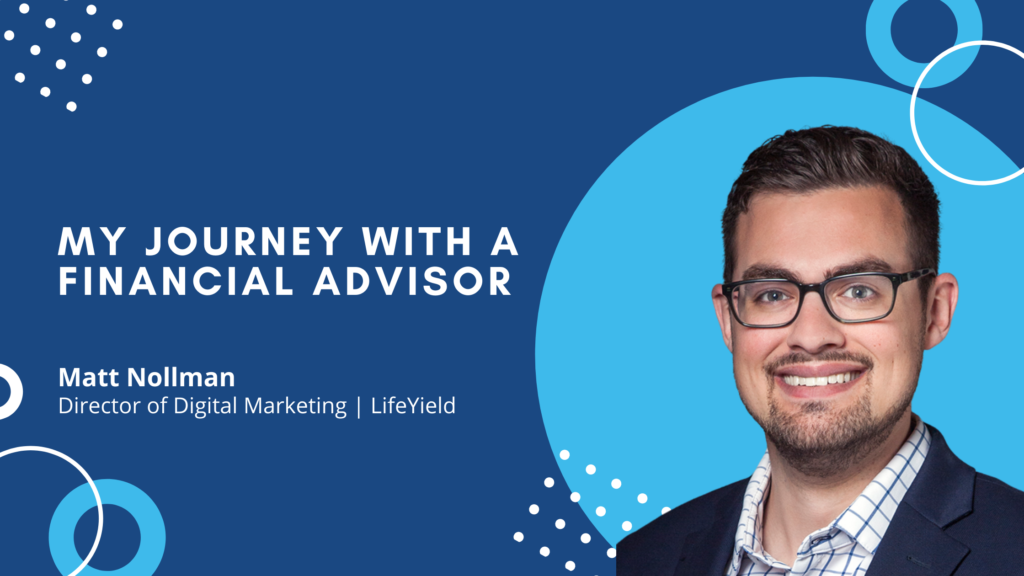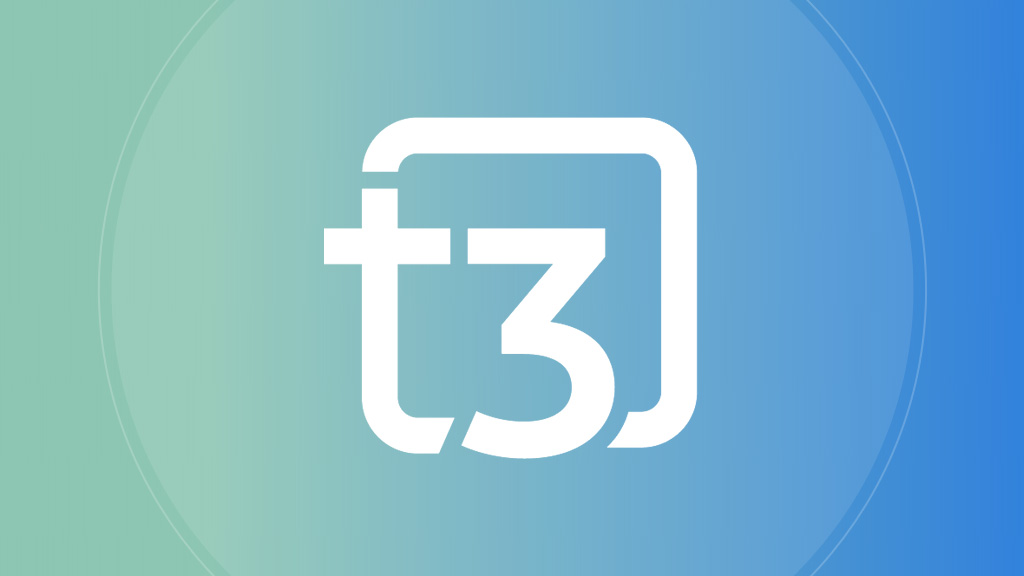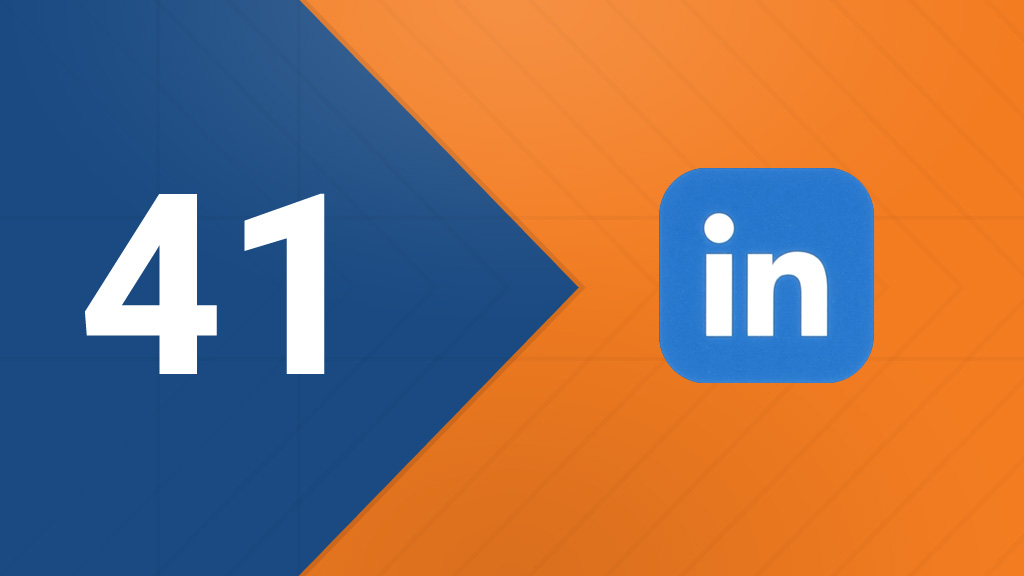My journey with a Financial Advisor: A Millennial Investing Story

I’m 29 and I have a financial advisor.
I know, it’s early. But some circumstances led me to connect with the family advisor and our relationship began.
After working in financial services for the last 3+ years, I’ve heard a lot about the importance of retaining the next generation of clients. That’s what’s happening here.
So, I wrote about it.
This rest of this post will give you an overview of the process I went through for onboarding through transitioning into a full client. I’ll talk about what I liked and didn’t like. I’ll talk about what my advisor could have said to make me feel more comfortable about certain things. And if there was a missed opportunity or a piece of software that I wish they had, I’ll address that too.
Here’s how it went down:
First meeting:
This was the basic financial overview. My advisor asked questions to get to know me, my goals, and gauge how much I knew about investing.
Homework:
Connect all my accounts to the platform. Gather my account statements and taxes from the last two years. This was very time consuming, but as you’ll read, it was definitely worth it.
What I liked:
It felt like my advisor cared about my goals and helping me get there. The way they phrased the questions made it seem like we’d be working together to accomplish my goals, and I always respond well to being part of a team.
Their patience. I’m the only family member to work in finance, so I came in with some baseline knowledge. But compared to many in our industry, my financial knowledge barely scratches the surface. I had a few detailed questions about some niche scenarios. They listened well, thought about a response, then gave me an answer in the context of my financial situation. Every question I asked was approached with this level of thought and care. I appreciated this.
What I didn’t like:
I asked about the technology they used, and the list felt short. If I didn’t work at Putnam and LifeYield I probably wouldn’t have thought twice. But with tools like Riskalyze, AdvisorPeak, LifeYield, and more, I was hoping the list would be longer.
I do acknowledge that I’m a millennial and most of their clients are near or in retirement. To this client base, I’m sure this matters much less. But if an advisor were to bring new technology to my meeting in the future and show me how they’re using it to help me achieve my goals, it would be difficult for me not to listen.
Second meeting:
After I connected my accounts to the account aggregation platform, I finally was able to see my net worth. This was pretty cool. I had never been able to see it in one place before.
From my perspective, I was happy that my advisor was looking at all of my accounts holistically and not managing each one in a silo. I’m not sure the average investor would know or care about this.
Part of their pitch in this meeting included “optimizing for tax efficiency using asset location”. I almost laughed, because that’s what LifeYield does. It’s exactly what I wanted to hear.
But when they said it, all I could think was, “how do they do this without LifeYield?”. I’m guessing every investor that works at a FinTech company feels this way about their product.
Side note: if they don’t, they should.
This meeting addressed my unique financial situation, clarified my answers to the questionnaire I filled out the week before and made sure all the big purchases I planned to make in the next 5 years were entered into the system.
What I liked:
They were patient. I had some pretty unique questions about Roth IRA’s and conversions. They took the time to answer me in a language I would understand. I appreciated this.
They made an effort to connect with me. We talked about my family (which was easier because my advisor managed their accounts too) and told a few jokes.
They were willing to take a demo of LifeYield and provide feedback. This type of product feedback is essential for a marketing leader and was an invaluable experience.
What I didn’t like:
After we discussed all my accounts, they made a subtle pitch to manage the rest of my accounts. I felt like this was too soon. I would have waited a few months at least for the relationship to develop before pitching that. For me, I need more of a benefit than “you don’t have to worry about managing it”.
Third meeting:
This is where we discussed the proposals. I received one for my 401k, one for my Roth IRA, and one for my brokerage account. They manage the last two.
This was a quick meeting. I’m early in my career. I have a pretty high risk tolerance. I approved them all within 20 minutes.
What I liked:
They were straight and to the point. No dancing around with fancy buzz words. They explained the aggressive growth strategy, how it was all equity-based, and how they were going to place the right investments in the right accounts and focus on location. This resonated with me.
I didn’t have a large investment, but I felt like my advisor treated me like any of his high net worth clients.
What I didn’t like:
We didn’t set a precedent for future meetings. I’d like to have them somewhat regularly, and this wasn’t discussed. I definitely could have brought it up but figured they would. Regardless, if this was the worst thing about the meeting, they did many things right.
Key takeaways from my advisor experience
- Technology is important to young investors. Whether or not you know what you’re talking about, I trust technology-based proposals more.
- Don’t ask for held-away assets too early. Build trust first. If you prove your value before asking to manage more of your clients’ money, it will be a much easier conversation.
- Treat new clients like your old ones. Even if they don’t have a lot of money to invest off the bat, they will later. Especially those fortunate enough to benefit from a wealth transfer. This will pay off down the line – literally.
Monthly insights from our Chief Growth Officer, Jack Sharry
Get exclusive insights and interviews from around the industry
 By
By 




